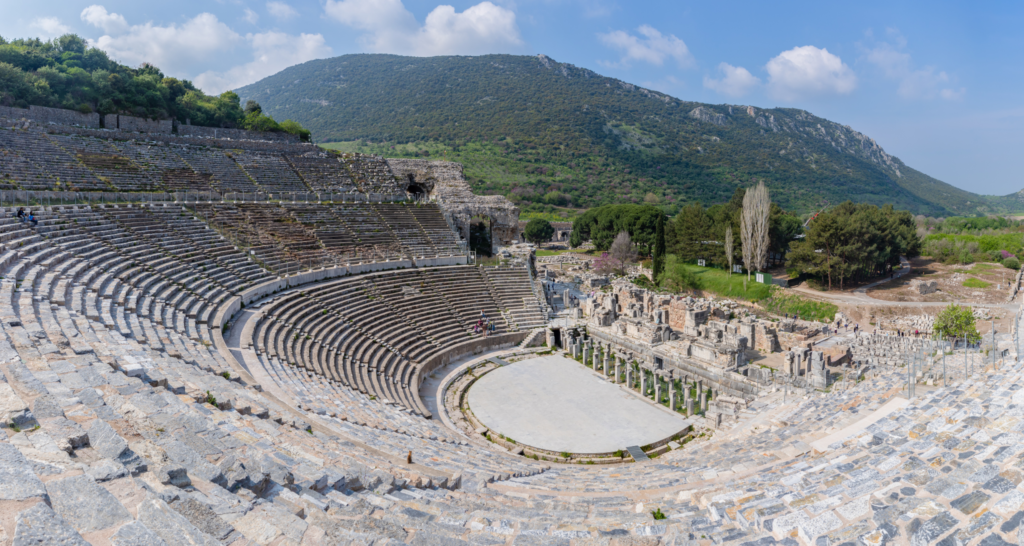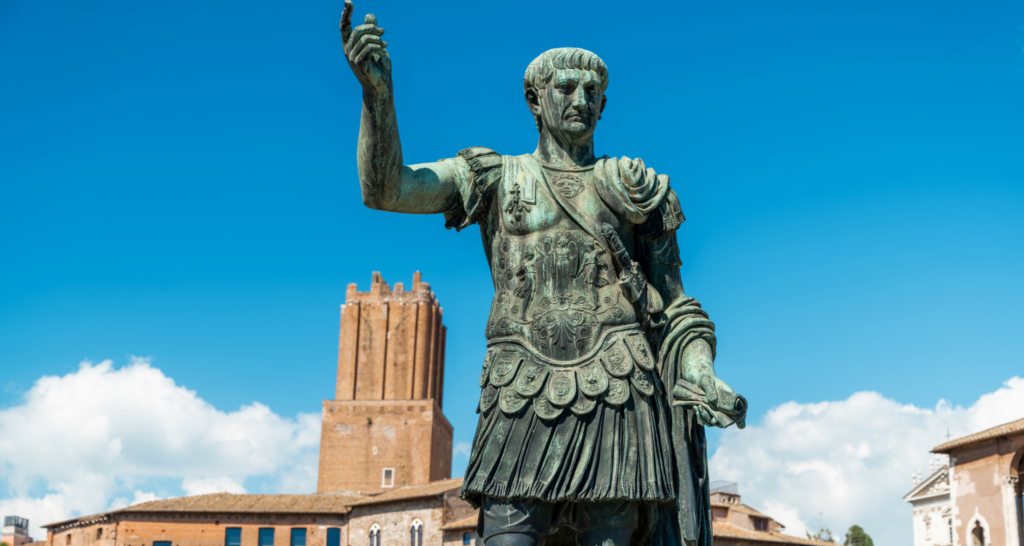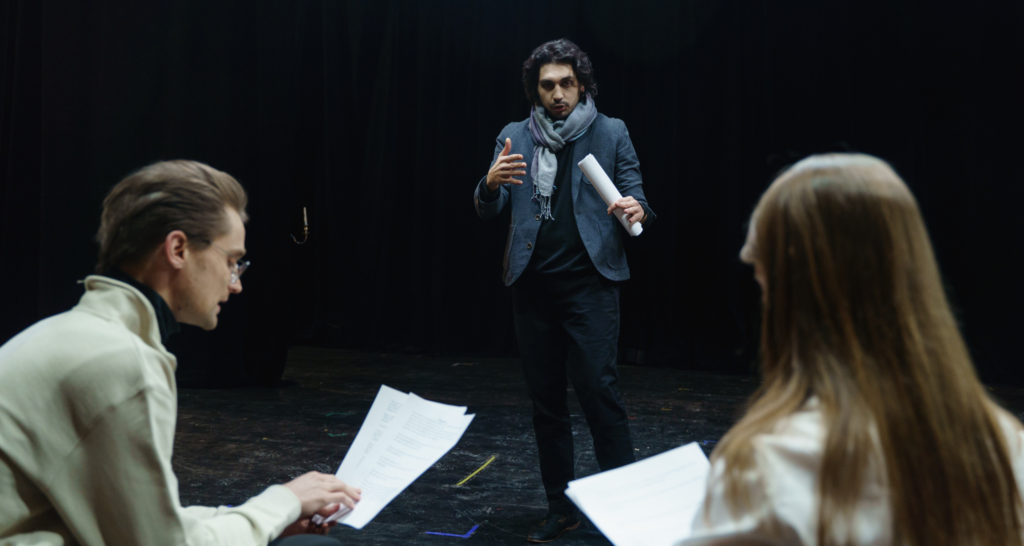Unveiling the Origins and Early History of Acting
Acting, a timeless art form that captivates audiences worldwide, traces its origins back to ancient civilizations such as Greece and Rome. Delving into the annals of history, we uncover a rich tapestry of rituals, religious ceremonies, and nascent forms of theater that laid the foundation for the art of acting as we know it today.
Ancient Rituals and Ceremonies:

The roots of acting can be found in the sacred rituals and ceremonies of ancient civilizations. In societies where oral traditions held great significance, individuals would embody characters from myths, legends, and religious stories during ceremonies to invoke spiritual forces or convey moral lessons. These early performances served as a means of connecting with the divine, educating the community, and fostering a sense of unity among the people.
Greek Theater:

One of the most influential chapters in the history of acting unfolded in ancient Greece. The Athenian festivals, particularly the Dionysia, provided a platform for theatrical performances that combined music, dance, and storytelling. Playwrights like Aeschylus, Sophocles, and Euripides crafted powerful dramas that explored themes of fate, morality, and the human condition. Actors donned masks to portray various characters, embodying both gods and mortals with emotional depth and theatrical flair.
Roman Spectacles:

In Rome, acting took on a different form with the rise of spectacles in amphitheaters like the Colosseum. Gladiatorial contests, chariot races, and dramatic reenactments entertained the masses while reinforcing political ideologies and social hierarchies. Actors known as “histriones” performed in comedies, tragedies, and pantomimes, captivating audiences with their skillful portrayals of diverse characters
Medieval Mystery Plays:

During the Middle Ages, acting evolved within the context of religious drama. Mystery plays staged in churches depicted biblical stories for illiterate congregations, blending elements of faith with theatrical spectacle. Actors known as “mummers” brought to life characters like Adam and Eve, Noah, and Christ himself, engaging audiences in moral lessons and spiritual reflection.
Shakespearean Theater:

The Renaissance era witnessed a golden age of acting with the emergence of playwrights like William Shakespeare. The Globe Theatre in London became a hub for theatrical innovation, where actors such as Richard Burbage and Elizabethan actors honed their craft in iconic roles like Hamlet, Macbeth, and Juliet. Shakespeare’s plays transcended social boundaries, exploring themes of love, power, and tragedy with unparalleled eloquence.
Modern Acting:

As centuries passed, acting continued to evolve alongside societal changes and technological advancements. From the birth of cinema to the rise of method acting pioneered by Stanislavski and Brando, the art form expanded its horizons to encompass diverse styles and approaches. Today, actors draw inspiration from a rich legacy of traditions while pushing boundaries in film, television, theater, and beyond.In conclusion, the origins and early history of acting reveal a fascinating journey marked by creativity, passion, and cultural significance.
From ancient rituals to Shakespearean dramas to contemporary performances on global stages, acting remains a vibrant expression of human experience that transcends time and space. As we celebrate this enduring art form, let us remember its humble beginnings and honor the countless storytellers who have brought characters to life through their craft.
